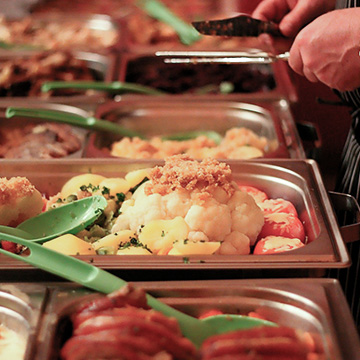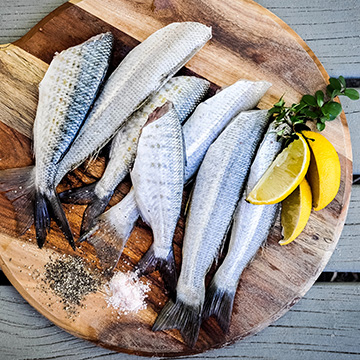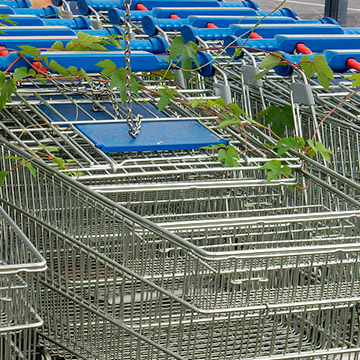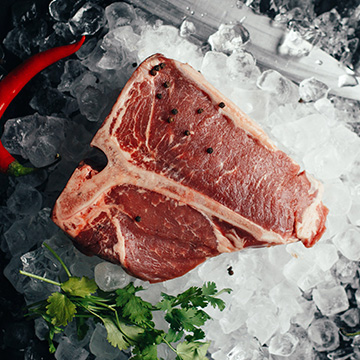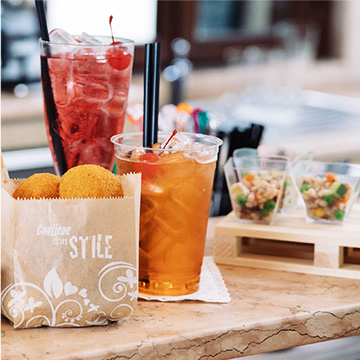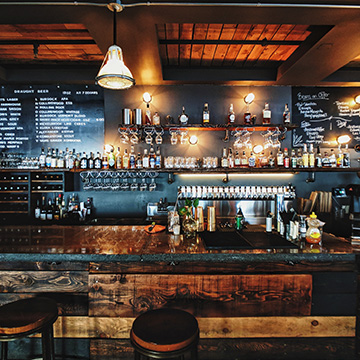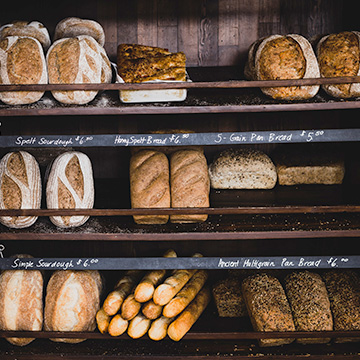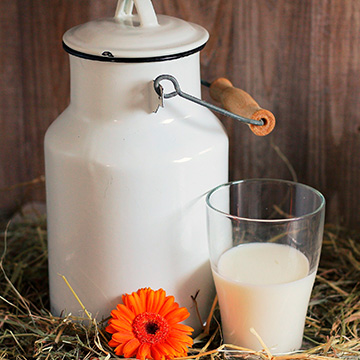
The auditor of the company then subjects balance sheets to an audit. Balance sheets of small privately-held businesses might be prepared by the owner of the company or its bookkeeper. On the other hand, balance sheets for mid-size private firms might be prepared internally and then reviewed over by an external accountant. It is helpful for business owners to prepare and review balance sheets in order to assess the financial health of their companies. It may not provide a full snapshot of the financial health of a company without data from other financial statements. Noncurrent assets are long-term investments that the company does not expect to convert into cash within a year or have a lifespan of more than one year.
What Are Some Examples of Current Assets?
Long-term debt is also known as bonds payable and it’s usually the largest liability and at the top of the list. A liability is generally an obligation between one party and another that’s not yet completed or paid. Peter dies aged 76, having taken some of his pension but leaving 2 DC schemes with unused funds.
What is an example of a current liability?
These are payments made in advance, such as insurance premiums or rent. Now that we know the different types of current assets, let’s look at the current assets formula. Now that we know what current assets are, let’s explore current ratio formula some of the different types in more detail. The same can be said for current assets, they’re immediate and easily accessible. A firm may receive cash in advance of performing some service or providing some goods.
Current ratio calculator

The prevailing view of what constitutes a “good” ratio has been changing in recent years, as more companies have looked to the future rather than just the current moment. Some lenders and investors have been looking for a 2-3 ratio, while others have said 1 to 1 is good enough. It all depends on what you’re trying to achieve as a business owner or investor.
What Are the Five Sections of a Balance Sheet?
Balance sheets allow the user to get an at-a-glance view of the assets and liabilities of the company. Accounts within this segment are listed from top to bottom in order of their liquidity. They are divided into current assets, which can be converted to cash in one year or less; and non-current or long-term assets, which cannot. In short, the balance sheet is a financial statement that provides a snapshot of what a company owns and owes, as well as the amount invested by shareholders.
The Language of Business
Depending on the company, this might include short-term assets, such as cash and accounts receivable, or long-term assets such as property, plant, and equipment (PP&E). Likewise, its liabilities may include short-term obligations such as accounts payable and wages payable, or long-term liabilities such as bank loans and other debt obligations. At the date of his death, aged 80, the pension fund is valued at £400,000. Following his death Amir’s DC pension fund will be paid to beneficiaries chosen by the pension scheme trustees, although he has nominated his grandchild.
The Current Ratio is calculated by dividing current assets by current liabilities and displays the short-term liquidity available to a company to meet debt obligations. Current liabilities are generally a result of operating expenses rather than longer-term investments and are typically paid for by a company’s current assets. Liabilities are found on the right side or lower half of a balance sheet. A common small business liability is accounts payable, or money owed to suppliers.
- They are divided into current assets, which can be converted to cash in one year or less; and non-current or long-term assets, which cannot.
- If we receive a request for disclosure of the information we will take full account of your explanation, but we cannot give an assurance that confidentiality can be maintained in all circumstances.
- Your information is kept secure and not shared unless you specify.
- Together, they form a picture of a small business’s financial standing.
Current assets are those assets that easily convert into cash in a year. This includes things like cash and investments, inventory, and accounts receivable. For example, in one industry, it may be more typical to extend credit to clients for 90 days or longer, while in another industry, short-term collections are more critical.
Current assets include cash or accounts receivable, which is money owed by customers for sales. The ratio of current assets to current liabilities is important in determining a company’s ongoing ability to pay its debts as they are due. Amendments may be required after PSAs have reported and paid any Inheritance Tax due to HMRC. This could result in the amount of nil-rate band available to use against the unused pension funds or death benefits either increasing or decreasing. In these cases, HMRC would normally adjust the liability and inform the PRs of any additional tax or repayment outstanding.


